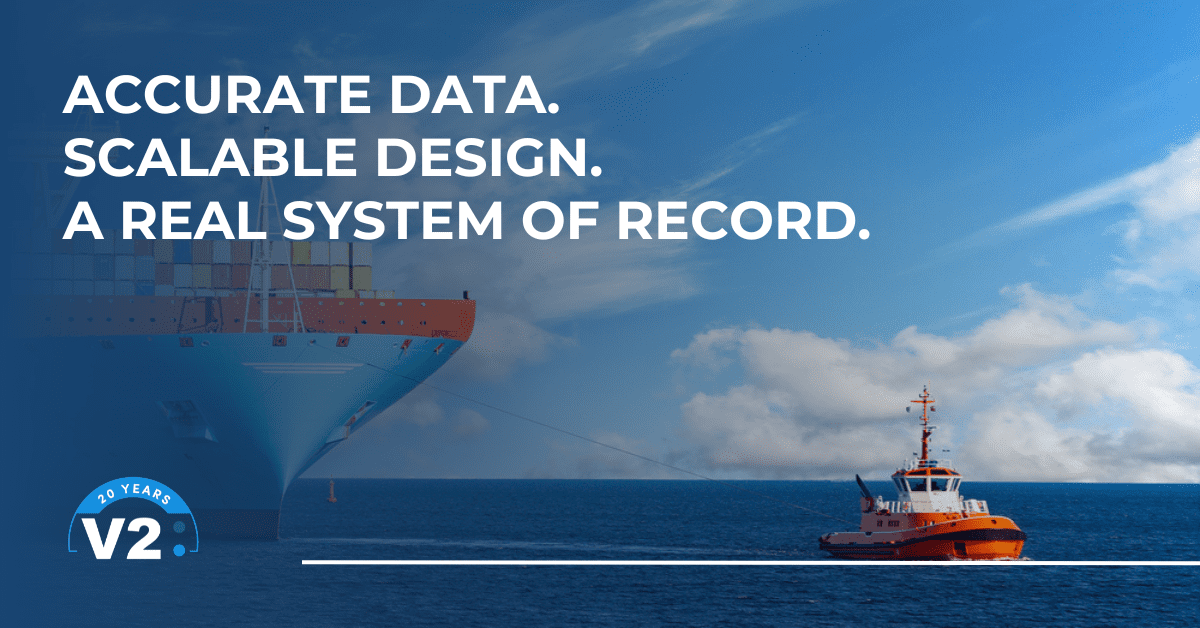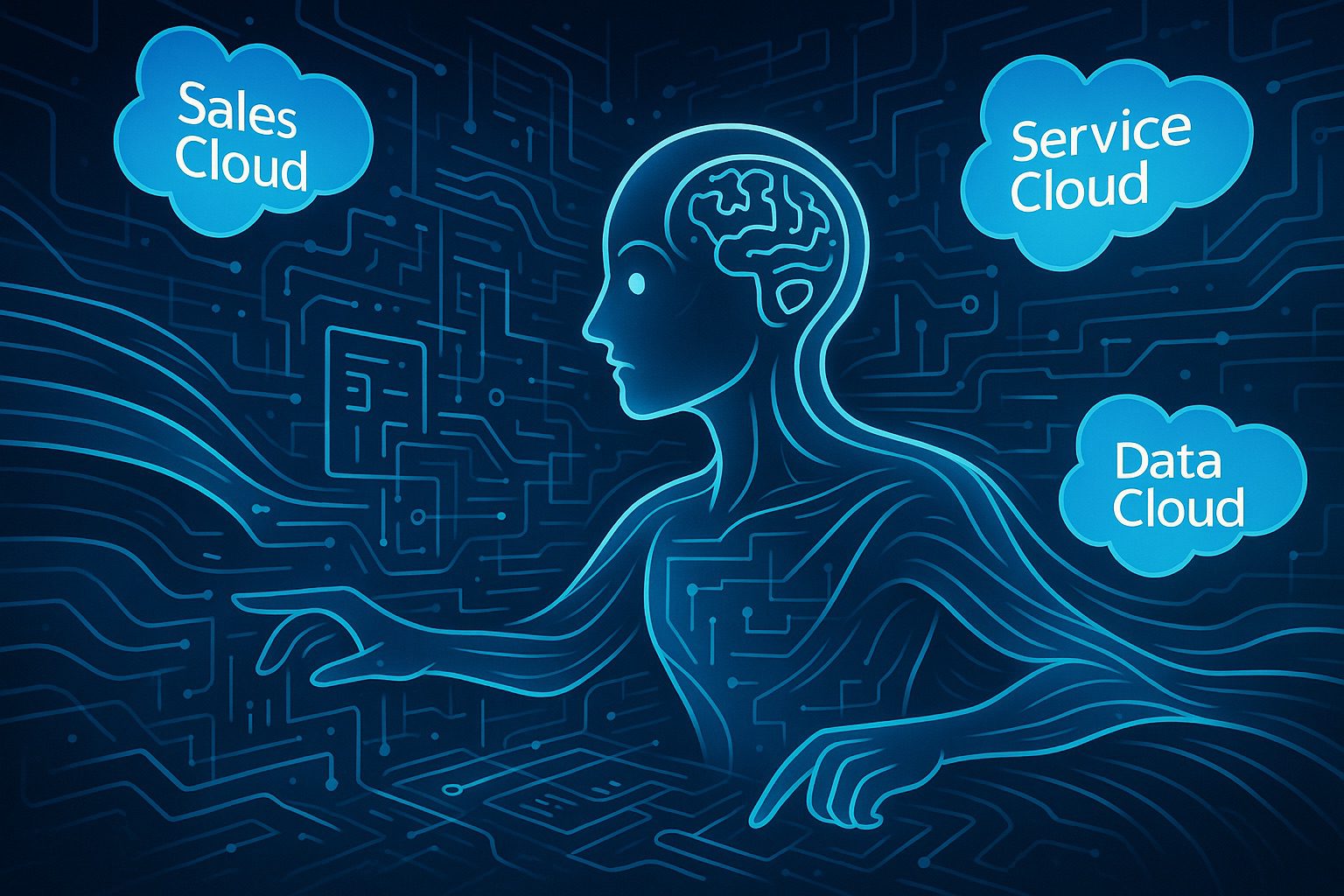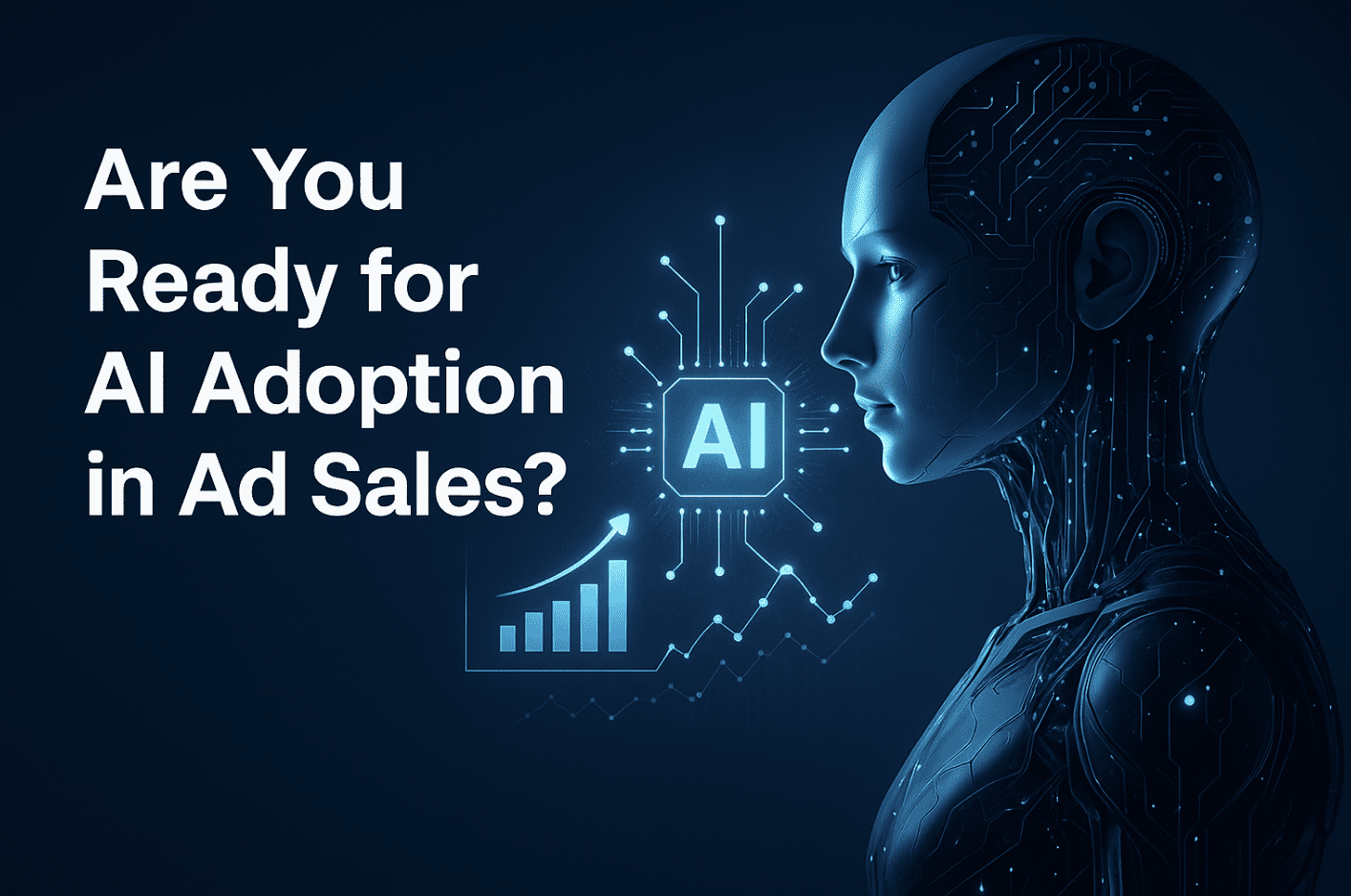Agentforce adoption is reshaping how ad sales teams operate, but success starts with the right foundation.
Here’s what needs to be in place before you begin.
A Real-World Perspective on AI Adoption in Ad Sales
There’s a very real shift happening in ad sales right now, and it’s being driven by two forces moving faster than most organizations can keep up with: the pressure to adopt AI, and the pace of innovation within the Salesforce ecosystem.
At the center of both sits Agentforce, Salesforce’s bold promise to reshape enterprise productivity with intelligent, automated agents built directly into the platform. If you’ve seen the demos, you know the pitch: dashboards that think ahead, copilots that anticipate your next move, agents that take work off your team’s plate, not just organize it. It’s impressive. In some cases, it’s exhilarating.
And yet, for most ad sales organizations, the distance between the demo and the reality of deployment feels wider than anyone wants to admit.

In boardrooms and leadership offsites, there’s an assumption building, an expectation, really, that AI will deliver both efficiency and transformation. Faster forecasting. Smarter campaign planning. More responsive sellers. Cost savings. Competitive edge. The stakes are high, and the timelines are tight. The CMO, CRO, and CTO are all under pressure to figure it out fast.
But here’s the problem: most ad sales organizations aren’t ready. And it’s not because they’re behind. It’s because AI adoption, especially at the level Salesforce is envisioning, requires a level of operational and data maturity that many teams simply haven’t been asked to build. Until now.
The illusion of readiness is everywhere. It comes from slick product pages and keynote walk-throughs. It comes from internal enthusiasm and executive mandates. It comes from the understandable desire to move quickly and prove you’re doing something, anything, with AI. But in ad sales, where the operating model is complex and the data lives in a tangle of CRM systems, OMS platforms, billing tools, spreadsheets, and Slack messages, speed without structure leads to failure.
And failure isn’t just about an underwhelming proof of concept. It’s about losing momentum, credibility, and, most critically, internal trust.
The reality is that most organizations don’t need to be convinced of why Agentforce matters. They need help figuring out how to make it work. That’s a much harder conversation, and it’s the one most teams are avoiding.
The truth is, AI isn’t plug-and-play. It’s process-first. It’s people-first. It starts with hard questions about your data: where it is, what shape it’s in, who owns it, who trusts it. It starts with being honest about whether your current systems are ready to support intelligent agents acting on real-time signals. It means assessing whether your workflows are documented, whether your teams are aligned, whether your use cases are clearly defined and tied to business value.

Most companies haven’t done that work—not because they’re negligent, but because no one asked them to. Until now, automation has largely lived in the realm of point solutions and internal ops teams. But AI—true AI at scale—is different. It touches everything. And it requires executive sponsorship, cross-functional collaboration, and a willingness to rethink the way work gets done.
In ad sales, that’s especially true. The organizational design of a media company or a retail media network doesn’t look like a clean enterprise blueprint. It’s messy, human, and full of nuance. Campaign delivery still hinges on manual approvals. IO changes flow through email. Rate cards get revised in Excel. Every exception has its own exception.
This isn’t a critique—it’s a reflection of reality. But it’s also why the Agentforce model of automation, orchestration, and augmentation needs to be implemented with deep industry understanding. Otherwise, you risk building elegant systems that no one uses.
That’s where most pilot programs go wrong. The technology is capable. But the organization isn’t ready. The data isn’t structured. The workflows aren’t defined. The teams aren’t aligned. The implementation lacks clear governance, and the outcomes are measured with metrics that don’t connect to executive priorities. The result is a failed pilot—and a lingering sense that “AI didn’t work here,” even if the real issue was far more solvable.
At V2, we’ve seen this pattern enough times to spot it early. We’ve spent the last 20 years helping ad sales organizations modernize their operations, adopt Salesforce platforms, unify fragmented data, and optimize for growth. We’ve been there for the transition from linear to digital, from print to programmatic, from CRM silos to integrated sales planning. We’ve worked with organizations that were ready to move fast, and others that needed to take a beat and build the foundation first.
What we’ve learned is that successful AI adoption isn’t about finding the flashiest agent or launching the quickest POC. It’s about sequencing the work. It’s about asking: Where are we today? What do we want to achieve? And what will it actually take to get there—technically, operationally, and culturally?

Agentforce, when done right, can absolutely reshape ad sales. It can accelerate opportunity management, streamline campaign delivery, automate forecasting inputs, and surface insights that once took hours to compile. But to get there, you need more than access. You need clarity.
That’s where strategic partners matter. Not vendors. Not resellers. Partners who understand the ecosystem, the industry, and the underlying dynamics of organizational change. Partners who don’t just “turn things on,” but help you figure out why you’re doing it, how it will work, and what success looks like on the other side.
There’s a phrase we use often with our clients: measure twice, cut once. In the rush to adopt Agentforce and AI more broadly, it’s easy to forget that principle. But we’ve seen firsthand what happens when organizations slow down just enough to get the plan right. The outcomes are better. The adoption is stronger. The value is real.
Agentforce isn’t a fad. It’s a new paradigm for how work gets done. But like any paradigm shift, it requires preparation, structure, and serious thought. The companies that treat this moment like a strategic inflection point—not just a tech initiative—will be the ones that win.
Building Trust Starts With A Conversation.
If you’re leading an ad sales organization and you’re evaluating how to bring Agentforce into your environment, our advice is simple: don’t go it alone. Talk to people who have done it before. Ask the hard questions. And work with a team that knows your world well enough to guide you through the messiness and the momentum.
Because you only get one shot at getting this right. And getting it right starts long before the first agent is deployed. Reach out to our team today if you have any questions on the best way to think about, and or approach your Agentforce implementation. We’d love to be able to share our experience and help guide you along the path to AI adoption and Agentforce success.

